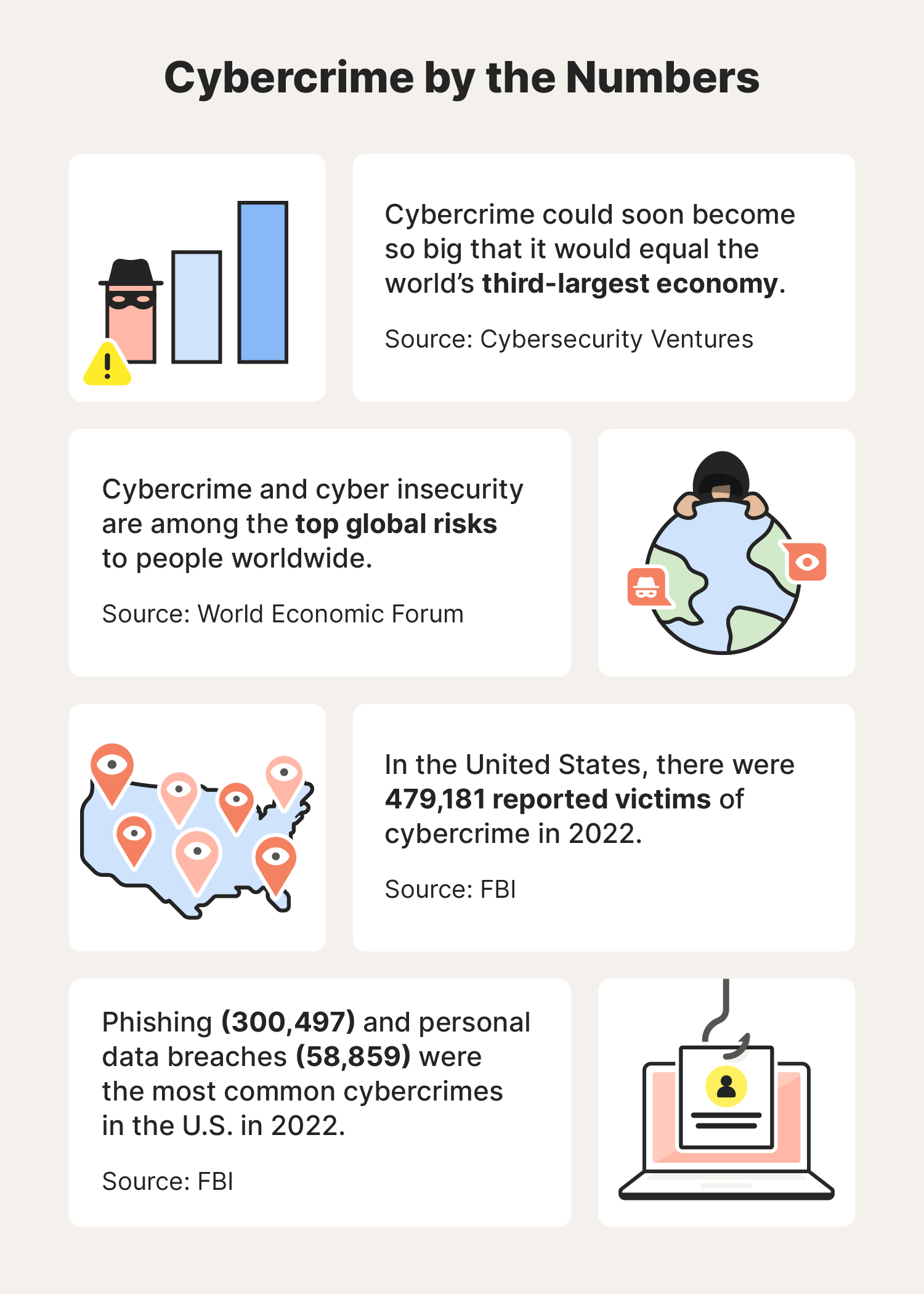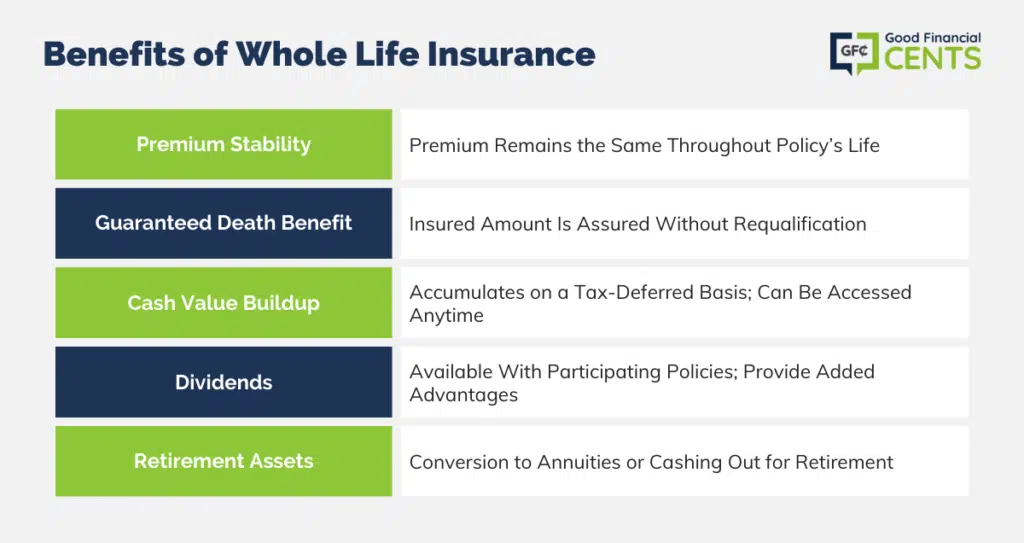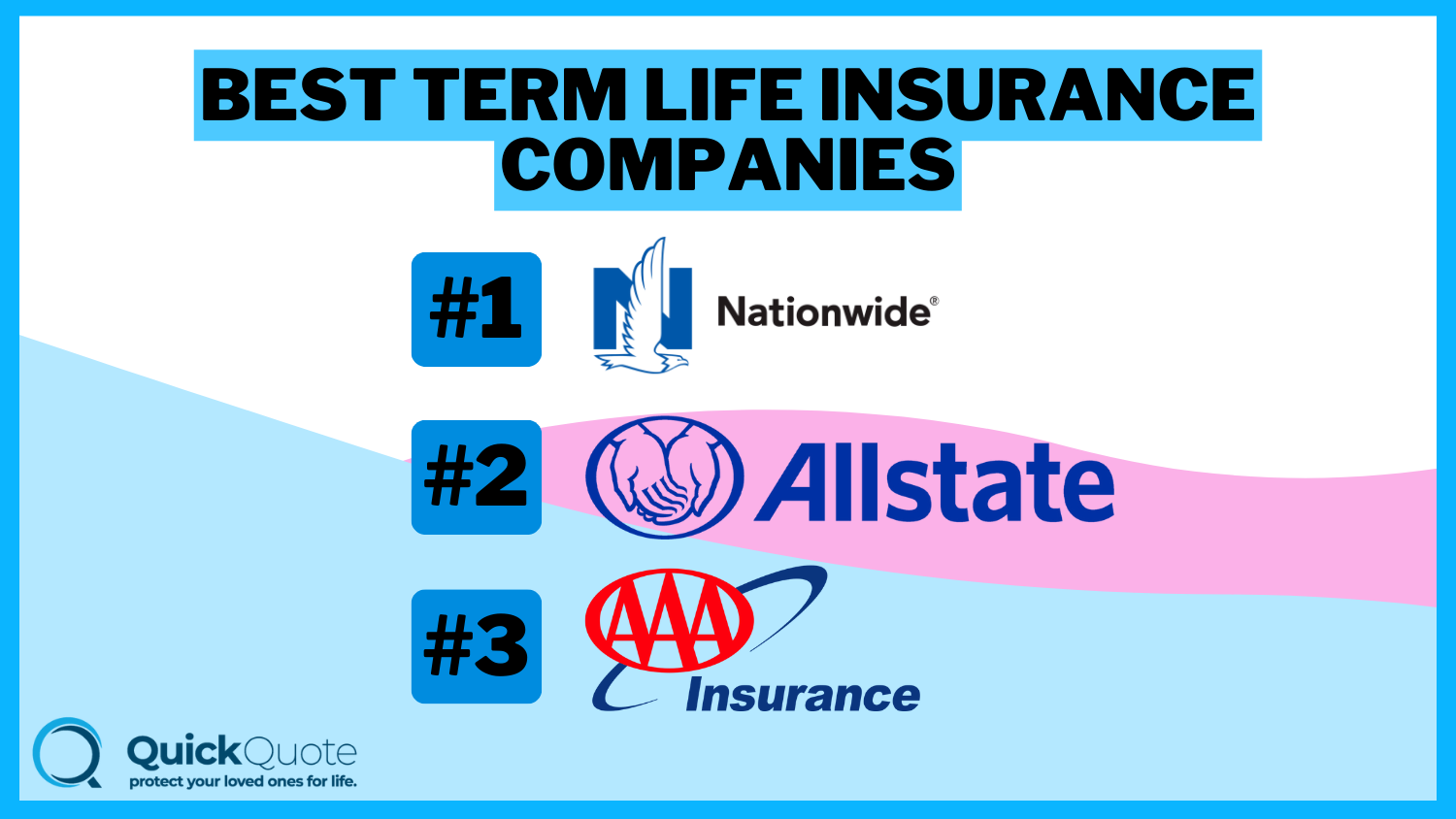What Happens to Your Car Insurance After an Accident
When you get into a fender bender, it can feel like your whole world has been turned upside down. You’re dealing with the stress of the accident itself, and now you have to worry about how it’s going to affect your car insurance. Will your rates go up? Will you lose your coverage? What do you need to do to protect yourself?
This article will answer all of these questions and more. We’ll walk you through what happens to your car insurance after an accident, and we’ll give you some tips on how to get the best possible outcome.
How Will an Accident Affect My Car Insurance Rates?
This is the million-dollar question, isn’t it? The answer, unfortunately, is not always straightforward. There are a lot of factors that can affect how an accident will impact your rates, including:
- Who was at fault for the accident
- The severity of the accident
- Your driving history
- Your insurance coverage
- The insurance company you have
That said, it’s generally true that your rates will go up after an accident. This is because insurance companies view you as a higher risk after you’ve been in an accident. They’re worried that you’re more likely to get into another accident in the future.
How much your rates go up will depend on the factors listed above. If you were at fault for the accident, your rates will likely go up more than if you weren’t at fault. If the accident was severe, your rates will likely go up more than if it was minor. And if you have a history of accidents, your rates will likely go up more than if you have a clean driving record.
It’s important to remember that your insurance company is not the only factor that will affect your rates. Your state’s insurance laws will also play a role. In some states, your rates can only go up a certain amount after an accident. In other states, there is no limit on how much your rates can go up.
Car Insurance After an Accident: A Comprehensive Guide
Getting into a car accident can be a stressful and confusing experience. One of the first things you’ll need to do is figure out what to do about your car insurance. Will your rates go up? What if you’re not at fault?
Let’s take a deep dive into the ins and outs of car insurance after an accident and what you need to know to protect yourself financially.
Understanding Your Policy
The first step after an accident is to review your insurance policy. This will help you determine what coverage you have and what your deductibles are. Your policy will also outline the steps you need to take to file a claim.
Coverage
Most car insurance policies include the following types of coverage:
– Liability coverage: This coverage pays for damages to other people’s property or injuries if you’re at fault for an accident.
– Collision coverage: This coverage pays for damages to your own car if you’re at fault for an accident.
– Comprehensive coverage: This coverage pays for damages to your car caused by events other than an accident, such as theft, vandalism, or natural disasters.
Deductibles
A deductible is the amount of money you have to pay out of pocket before your insurance coverage kicks in. The higher your deductible, the lower your monthly premiums will be.
Filing a Claim
If you’re involved in an accident, you should file a claim with your insurance company as soon as possible. The process for filing a claim will vary depending on your insurance company, but here are the general steps:
1. Contact your insurance company and report the accident.
2. Provide your insurance company with the following information:
– Your name, address, and phone number
– Your policy number
– The date, time, and location of the accident
– The names and contact information of any other drivers involved in the accident
– A description of the accident
3. Your insurance company will assign you a claims adjuster who will investigate the accident and determine how much your claim is worth.
4. Once your claim is approved, your insurance company will send you a check for the amount of your claim.
Car Insurance Coverage After an Accident
If you’re involved in a car accident, it’s important to know what your insurance covers. After all, you pay for it, right? Your insurance policy will outline the specific coverage you have, but most policies include the following:
– Liability coverage: This covers damages to other people’s property or injuries if you’re at fault in an accident.
– Collision coverage: This covers damages to your car if you’re in an accident, regardless of who’s at fault.
– Comprehensive coverage: This covers damage to your car from things other than collisions, such as theft, vandalism, or natural disasters.
Filing a Claim
If you’re involved in an accident, it’s important to report it to your insurance company promptly. The sooner you file a claim, the sooner the insurance company can start processing it and getting you the money you need to cover your damages.
When you file a claim, you’ll need to provide the insurance company with the following information:
– Your name, address, and phone number
– The date, time, and location of the accident
– The other driver’s name, address, and phone number (if applicable)
– The make, model, and year of your car
– The damage to your car
Once you’ve filed a claim, the insurance company will assign you a claims adjuster. The claims adjuster will investigate the accident and determine how much you’re entitled to receive in benefits.
Negotiating Your Settlement
Once the insurance company has determined how much you’re entitled to receive, you’ll need to negotiate a settlement. This is the amount of money that the insurance company will pay you to cover your damages.
When negotiating a settlement, it’s important to remember the following:
– You don’t have to accept the first offer that the insurance company makes.
– You can negotiate for a higher settlement, but be prepared to provide documentation to support your claim.
– If you can’t reach an agreement with the insurance company, you can file a lawsuit.
Getting Your Money
Once you’ve negotiated a settlement, the insurance company will send you a check for the amount of money you’re entitled to receive. You can use this money to cover the cost of your damages, such as repairing your car or replacing your belongings.
What if I’m at Fault for the Accident?
If you’re at fault for the accident, your insurance company will still cover the damages, but you may have to pay a higher deductible. A deductible is the amount of money that you have to pay out of pocket before your insurance coverage kicks in.
If you’re found to be at fault for the accident, you may also lose your good driver discount. This discount can save you a significant amount of money on your car insurance premiums, so it’s important to avoid getting into accidents.
Car Insurance After an Accident
If you’ve recently been in a car accident, you may be wondering how it will affect your insurance rates. The answer depends on a number of factors, including who was at fault for the accident, how much damage was caused, and your driving history.
Impact on Insurance Rates
In general, filing a claim after an accident can lead to increased premiums. This is because insurance companies view you as a higher risk after you’ve been in an accident. The more accidents you have, the higher your risk of filing another claim, and the higher your premiums will be.
The amount of the increase will vary depending on the insurance company and the specific circumstances of your accident. However, you can expect to pay more for insurance after you’ve filed a claim. This is why it’s important to weigh the costs and benefits of filing a claim before you make a decision.
What to Do After an Accident
If you’re involved in an accident, there are a few things you should do to protect yourself and your rights.
- Pull over and exchange information with the other driver(s) involved. This includes your name, address, phone number, insurance company, and policy number.
- Get a copy of the police report. This will provide you with an official record of what happened.
- Take pictures of the damage to your car and the other vehicles involved. This will help your insurance company determine how much the damage is worth.
- Contact your insurance company as soon as possible. They will need to know about the accident and start the claims process.
How to Reduce Your Insurance Rates After an Accident
There are a few things you can do to reduce your insurance rates after an accident.
- Take a defensive driving course. This will show your insurance company that you’re committed to safe driving.
- Install a dash cam in your car. This can provide evidence of what happened in an accident, which can help you avoid being blamed for the accident.
- Bundle your insurance policies. This can save you money on your overall insurance costs.
- Shop around for insurance. There are many different insurance companies out there, so it’s important to compare rates before you choose one.
Car Insurance After an Accident: What You Need to Know
In the aftermath of a car accident, navigating the insurance process can be daunting. You’re likely dealing with injuries, property damage, and a host of other stressors. Understanding your insurance options and how they’re affected by an accident can help you make informed decisions and protect your financial well-being.
Understanding Your Coverage
After an accident, it’s crucial to determine the type and extent of your insurance coverage. Most policies include liability insurance, which covers damages to other parties involved in the accident, but some may also provide comprehensive and collision coverage for your own vehicle. Reviewing your policy documents or contacting your insurer can give you a clear picture of your coverage.
Filing a Claim
To initiate the insurance claim process, you’ll need to contact your insurer and provide details of the accident. They will assign an adjuster to investigate the incident and determine the amount of coverage available. Be prepared to provide documentation such as police reports, medical records, and estimates for repairs.
Impact on Your Rates
Filing a claim can have a significant impact on your insurance rates. Depending on the severity of the accident and your driving history, your insurer may adjust your premiums to reflect the increased risk. However, several steps you can take to minimize the rate increase.
Options to Lower Rates
Consider enrolling in defensive driving courses to demonstrate your commitment to safe driving. Insurers often offer discounts for drivers who complete these courses, as they reduce the likelihood of another accident. Loyalty discounts are another way to lower your rates for remaining with the same insurer for an extended period. Additionally, bundling your car insurance with other policies, such as home or renters insurance, can result in reduced premiums.
Negotiating Your Settlement
Once your insurer makes a settlement offer, you should carefully review it before accepting. While you want to receive fair compensation for your damages, it’s equally important to consider the long-term impact on your insurance rates. Negotiating a fair settlement that balances both factors is crucial. Consulting with an attorney can provide valuable guidance and support during this process.
Car Insurance After Accident: What Happens Next?
Just got into a car accident? It’s a stressful experience, but it’s important to know what to do next, especially regarding your car insurance. Your rates may change, and it’s essential to understand how the accident will impact your coverage.
Who’s at Fault?
Determining fault is crucial in an accident. If you’re found to be at fault, your insurance provider will likely raise your rates. However, if the other driver is at fault, you may be eligible for compensation from their insurance company. It’s essential to document the accident thoroughly, including taking photos and gathering witness information. This will help strengthen your claim in case of a dispute.
Insurance Premiums
Getting into an accident can significantly impact your insurance premiums. The extent of the impact depends on factors like your driving history, the severity of the accident, and who was at fault. If you’re found to be at fault, expect your rates to rise. However, if you’re not at fault, your premiums may not change.
Additional Factors
Your driving history, claim history, and vehicle type can also influence your rates. A history of accidents or traffic violations can lead to higher premiums. Similarly, filing multiple claims within a short period can raise your rates. The type of vehicle you drive also plays a role. Sports cars and luxury vehicles typically have higher insurance premiums than sedans or minivans.




Leave a Reply